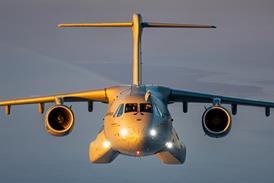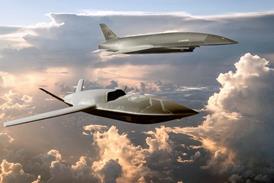The three partners of the AUKUS alliance are working together to enhance the anti-submarine warfare capabilities of the Boeing P-8A Poseidon.
The three AUKUS nations – Australia, the UK, and the USA - have “demonstrated and deployed” a common artificial intelligence algorithm on the P-8A that allows aircraft to process data from each other’s sonobuoys, according to the US Department of Defense (DoD) following a meeting between the partners’ defence ministers.

“These advances allow for faster data processing and improved target identification in congested acoustic environments, enhancing our combined anti-submarine warfare capabilities.”
Plans call for this to be scaled in 2025.
In addition, the three partners called attention to previously announced work aimed at broadening the 737NG derivative’s torpedo options, which will see the BAE Systems Sting Ray lightweight torpedo integrated with the P-8A for the UK Royal Air Force (RAF). Trials are planned for 2025.
The work will allow the P-8A to carry two torpedo types: its current torpedo is the Raytheon Mk54.
“This will increase the opportunity for interchangeability and potential work on future torpedo programmes,” says the DoD. “These efforts will ultimately enhance the survivability of our surface combatant and submarine fleets.”
On 13 September, BAE announced that it had received a £60 million ($80 million) contract to perform a mid-life upgrade that will bring its Sting Ray lightweight torpedo to an enhanced Mod 2 version.
Cirium fleets data indicates that of the 175 in-service P-8As, 148 are operated by the AUKUS allies.
The US Navy is by far the largest P-8 operator, with 127 in-service examples and three on order. The Royal Australian Air force operates 12, with two on order, while the RAF operates nine.
Formed in 2021, AUKUS is a three-way partnership focused on defence in what the USA defines as the Indo-Pacific region. The primary focus is the transfer of nuclear submarine capabilities to Australia, but the alliance also emphasises the sharing of information and technology.





























